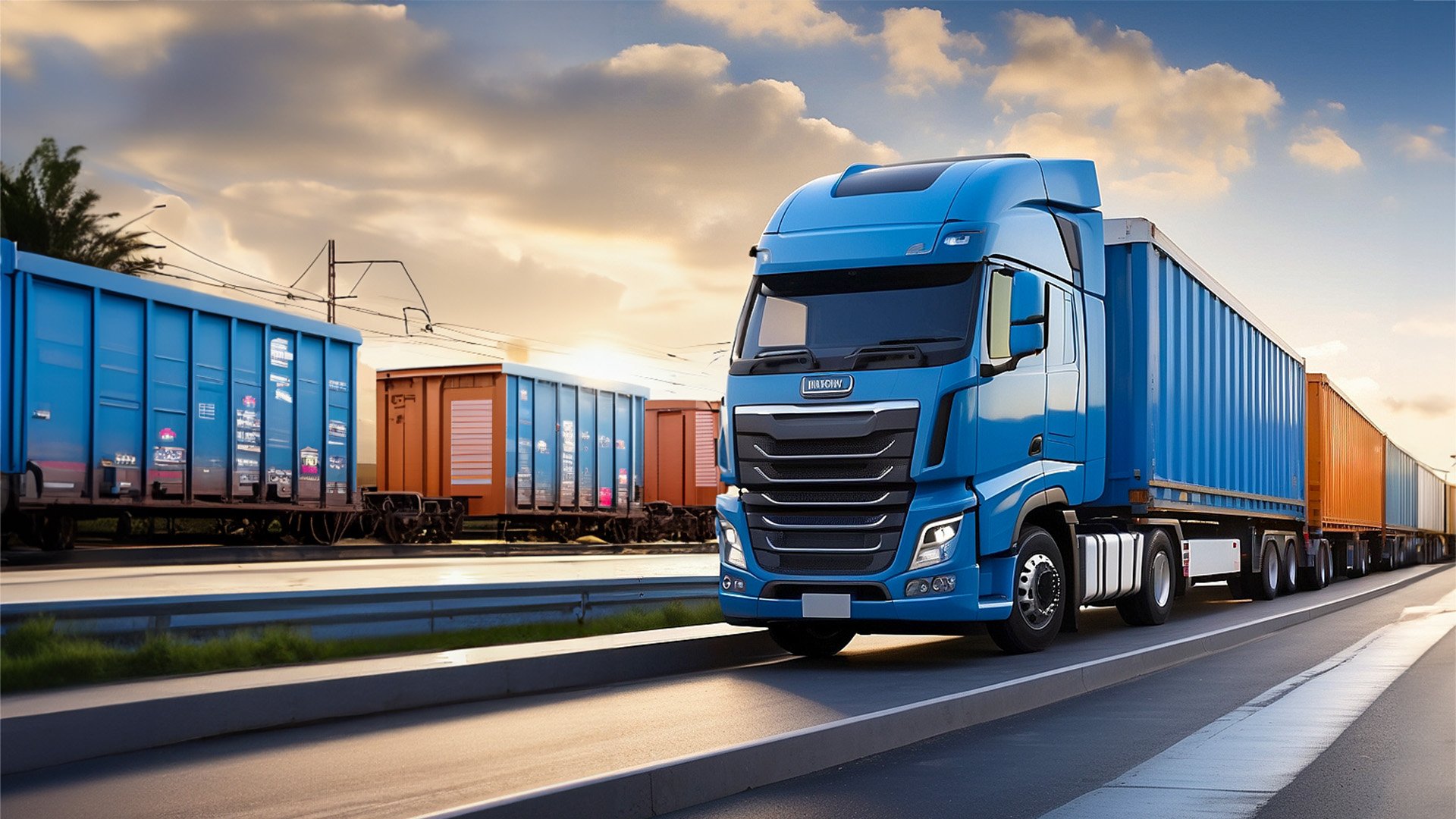
The use of railways to transport goods across SA has declined dramatically over the years due to poor reliability and maintenance. This is one of the reasons we’re seeing more trucks on the roads each year.
The transport of goods via rail is declining in SA and road freight is picking up the slack. There are various factors contributing to the decline of rail freight, but the key reasons are unreliability as a result of poor maintenance across the rail industry.
Many companies have been forced to stop transporting goods via rail as the risk and inconsistency had a negative financial impact on their business.
According to Engineering News: “Stats SA’s official figures point to rail transport capacity declining from 192-million tonnes in 2020 to 179-million tonnes in 2021 and 155-million tonnes in 2022. At the same time, road transport (primarily trucking) increased from 624-million tonnes in 2020 to 688-million tonnes in 2021 and rose a significant 22% to reach 839-million tonnes in 2022.”
News24 reports that: More than 150 million tons of cargo was transported by road between January and March 2021, compared to just 40 million moved by rail.
However, in recent IOL News, President Cyril Ramaphosa has promised that they will resolve the rail network crisis and get trucks off the road to allow the Richard’s Bay port to operate optimally.
While the mining industry still relies heavily on rail freight, many other industries have shifted to road freight to avoid the risk of long delays.
A balancing act
Industries across the country are understandably frustrated at the decline in rail freight options. When a rail network runs well it is much more consistent and cost-effective than road freight. This means many companies are spending significantly more to transport goods via road, but they have no other land transport options.
As the quality of rail freight options declines in SA, many industries must calculate the cost and risk of rail freight compared to road freight. It’s clear that road freight is increasingly coming out on top and there is no sign that local rail freight options will improve.
Additional factors
A big part of the goods transport process, whether it’s via rail or road, is the logistics around storage. As the rail networks decline, so do storage and solutions along the route. This includes the means to unload and transfer goods the short distance from the train to the storage area.
Many businesses were faced with the dilemma where rail freight itself was still a viable option for them, but once at the station, the entire system fell apart. Due to lack of funding and vandalism at stations they no longer had the means to transport goods the short distance from the train to storage.
As a result, companies had to find their own solutions at their own cost, which negated any savings that using rail freight may have offered. In such cases it becomes more cost-effective to simply use road freight all the way through.
The impact on road transport
Due to the factors mentioned above, road transport has become the primary solution for moving goods across the country. This has a big impact on many industries when you consider the following:
- Extensive truck fleets must be acquired to meet the capacity offered by rail
- Companies must find new storage solutions that support their routes
- The entire supply chain must be redesigned
With so many more heavy trucks being added to our roads each year, road conditions are deteriorating faster than ever before. The increasing strain on our national roads is compounded by poor road maintenance in many regions, which means the cost of road freight just keeps increasing due to:
- Damage to vehicles or goods as a result of poor roads
- Increase cost in tyres
- Fuel price increases
- Increased business risk due to poor road conditions
In addition to the above, private road users are also faced with increased traffic as more trucks are added to the system each day, as well as deteriorating road conditions.
As a result, SA’s roads become more congested and dangerous everyday, whether you’re driving a truck or a sports car.
Solutions
Despite the dismal conditions faced by SA’s transport industry, there are still solutions. Professional fleet companies have many options to help companies streamline their goods transport, reduce risk and keep costs to a minimum.
Keep updated with the latest in fleet management trends by subscribing to our blog newsletter. We also have a range of free fleet management tools for you to download on our resources page.
